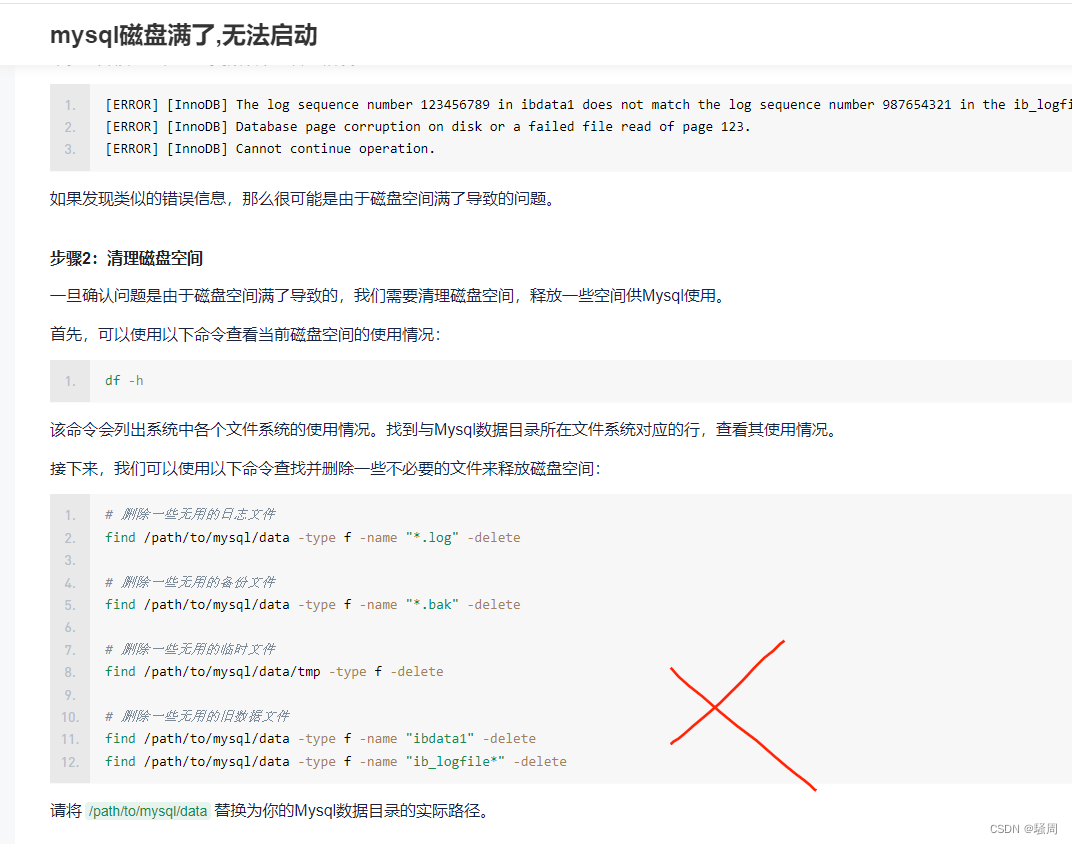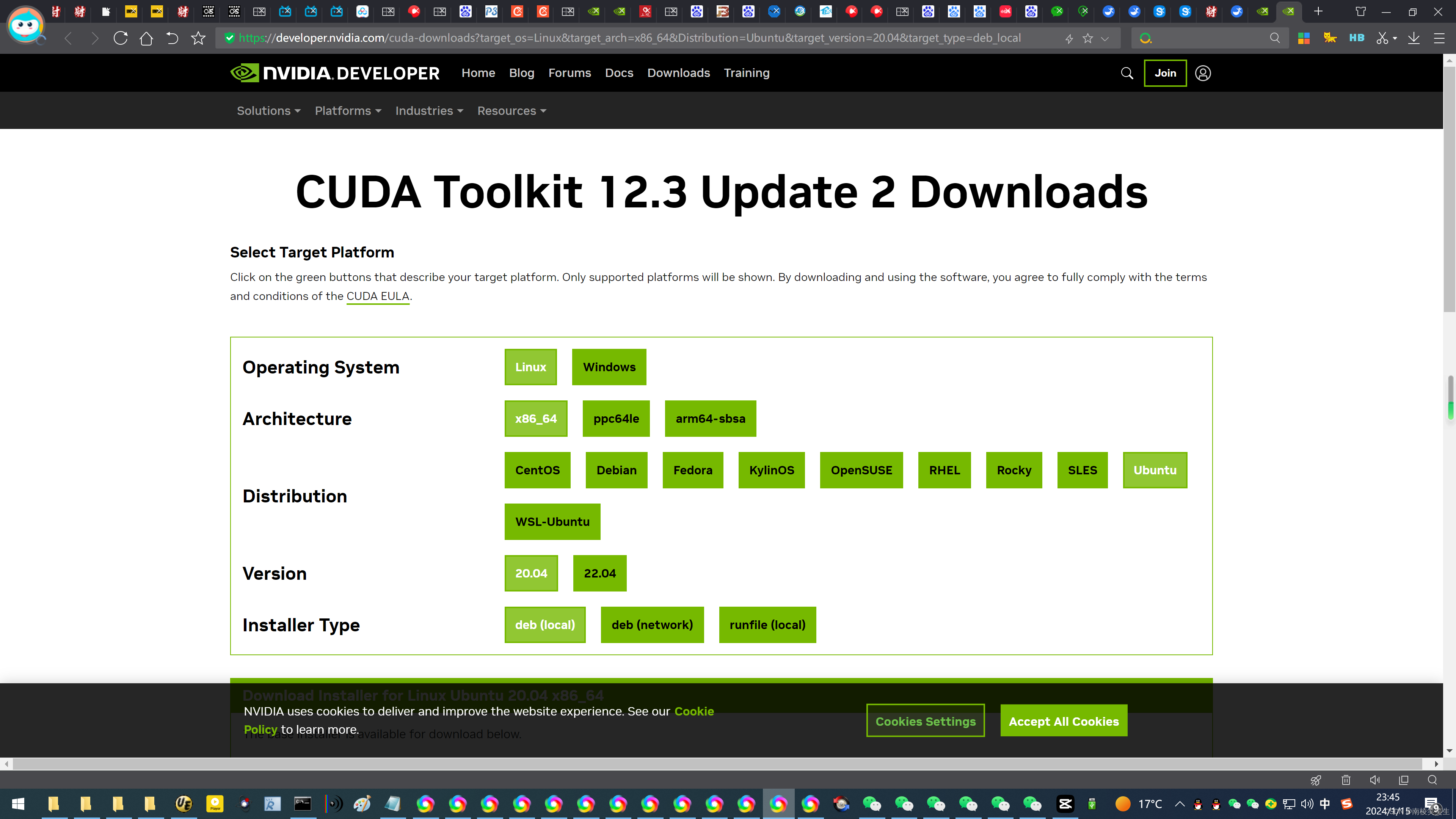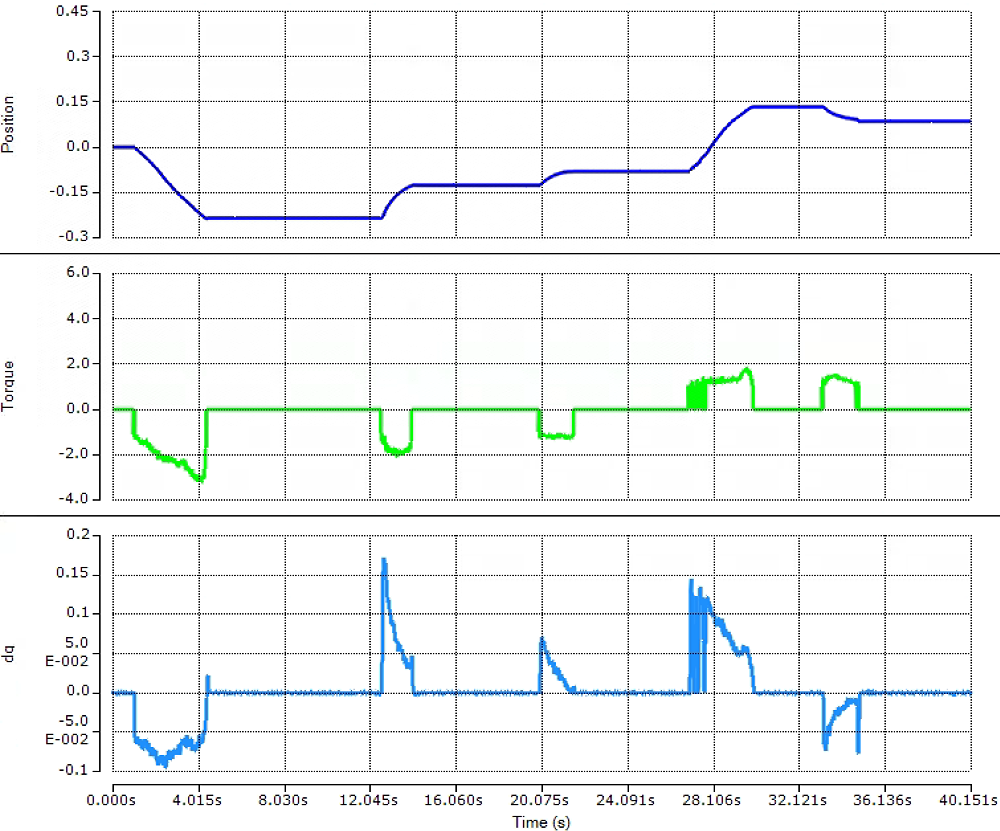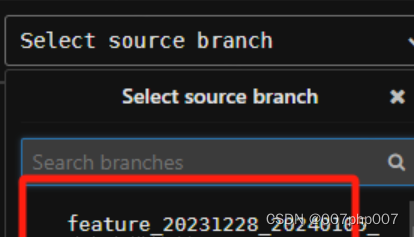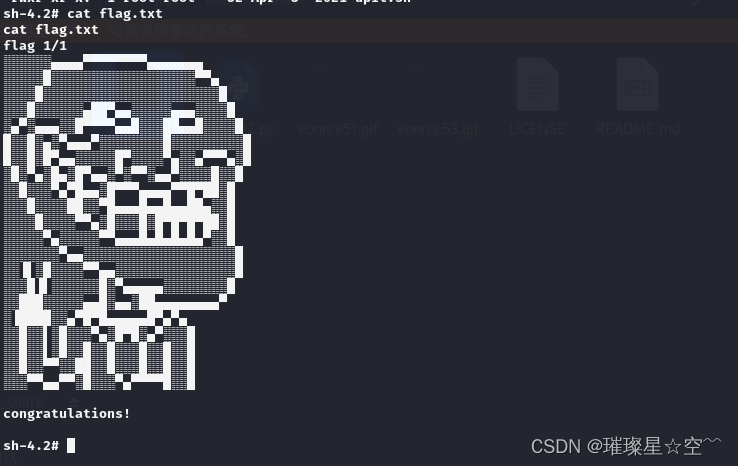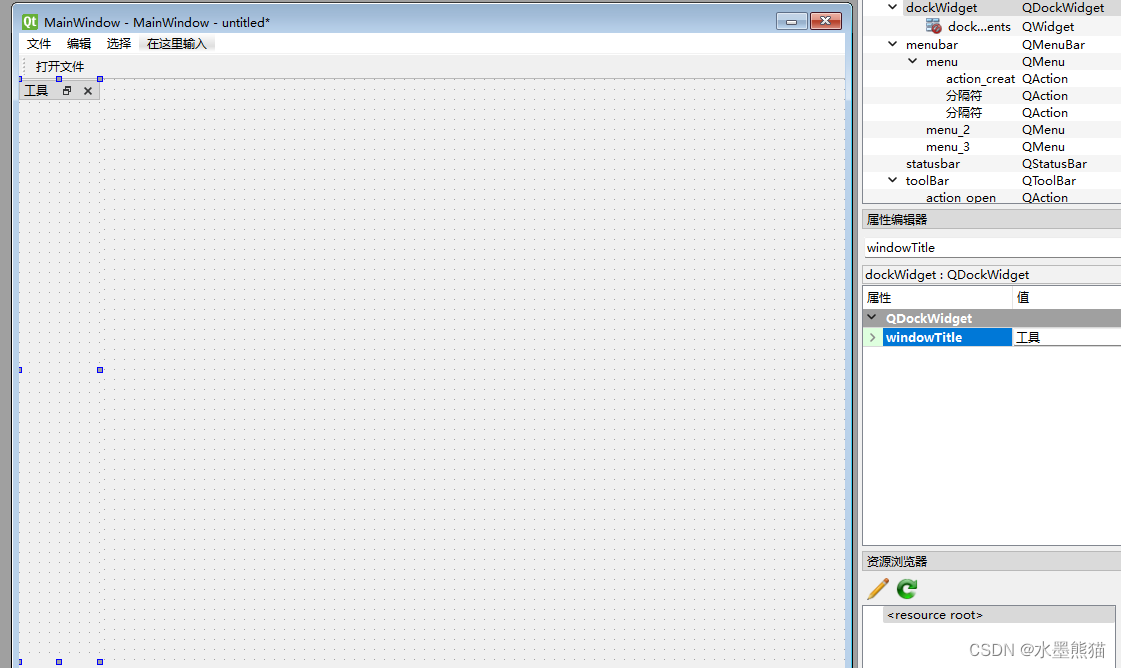目录
1 <resultMap> 标签
2 <sql> 标签
3 <where> 标签
4 <if> 标签
5 <trim> 标签
6 <foreach> 标签
7 <set> 标签
1 <resultMap> 标签
比如以下代码:
<resultMap type="SysCollege" id="SysCollegeResult"><result property="collegeId" column="college_id" /><result property="collegeCode" column="college_code" /><result property="collegeName" column="college_name" /><result property="collegeProvince" column="college_province" /><result property="collegeCity" column="college_city" /><result property="collegeDistrict" column="college_district" /><result property="collegePhone" column="college_phone" /><result property="collegeEmail" column="college_email" /><result property="collegeType" column="college_type" /><result property="collegeWebsite" column="college_website" /><result property="collegeIntroduced" column="college_introduced" /><result property="collegeLogo" column="college_logo" /><result property="collegeStudentNum" column="college_student_num" /><result property="collegeMajorNum" column="college_major_num" /><result property="collegeDeptNum" column="college_dept_num" /><result property="status" column="status" /></resultMap>
上述是
<resultMap>标签来映射查询结果到SysCollege对象的示例,该代码定义了一个名为SysCollegeResult的结果映射,用于将查询结果中的列与SysCollege对象的属性进行映射,这样定义了结果映射之后,当执行查询语句时,MyBatis 将会根据该映射将查询结果中的列值赋给SysCollege对象的对应属性。
使用定义好的 <resultMap>标签:

2 <sql> 标签
比如以下代码:
<sql id="selectSysMajorVo">select major_id, major_code, major_name, major_type, major_degree, major_career from sys_major</sql>这个就是定义好的sql代码块,可以在其它操作中直接使用,可以减少重复代码的编写,是非常方便的。
使用定义好的 <sql>标签:

3 <where> 标签
<where> 大多数情况下使用在,根据条件动态生成查询条件,生成 WHERE 子句
比如以下代码:
<select id="selectSysMajorList" parameterType="SysMajor" resultMap="SysMajorResult"><include refid="selectSysMajorVo"/><where> <if test="majorCode != null "> and major_code = #{majorCode}</if><if test="majorName != null and majorName != ''"> and major_name like concat('%', #{majorName}, '%')</if><if test="majorType != null and majorType != ''"> and major_type = #{majorType}</if><if test="majorDegree != null "> and major_degree = #{majorDegree}</if><if test="majorCareer != null and majorCareer != ''"> and major_career = #{majorCareer}</if></where></select>比如:如果
majorCode不为空,则生成and major_code = #{majorCode}的查询条件,其它也是一样。
where和<where>标签有什么区别:
WHERE关键字是静态的,需要手动编写每个查询条件,并使用连接符(例如 "AND" 或 "OR")来拼接条件。而<where>标签是动态的,可以根据条件的存在与否来动态生成 WHERE 子句,并自动处理条件之间的连接符(比如上述代码中的and).
4 <if> 标签
<if>标签通常用于在动态 SQL 中根据条件判断是否包含某部分 SQL 片段
比如跟上述<where>标签配合使用
5 <trim> 标签
<trim>元素的作用是根据条件动态生成 SQL 语句的部分内容
比如以下代码:
<insert id="insertSysMajor" parameterType="SysMajor" useGeneratedKeys="true" keyProperty="majorId">insert into sys_major<trim prefix="(" suffix=")" suffixOverrides=","><if test="majorCode != null">major_code,</if><if test="majorName != null">major_name,</if><if test="majorType != null">major_type,</if><if test="majorDegree != null">major_degree,</if><if test="majorCareer != null">major_career,</if></trim><trim prefix="values (" suffix=")" suffixOverrides=","><if test="majorCode != null">#{majorCode},</if><if test="majorName != null">#{majorName},</if><if test="majorType != null">#{majorType},</if><if test="majorDegree != null">#{majorDegree},</if><if test="majorCareer != null">#{majorCareer},</if></trim></insert>
prefix="SET":指定生成的 SET 子句的前缀为 "SET"。
suffixOverrides=",":指定如果 SET 子句的最后一个字符是逗号(,),则将其移除。
prefix="("指定了插入语句的列名部分的前缀为左括号(,suffix=")"则指定了该部分的后缀为右括号),即(和)之间就是列名列表
当上述的值都不为空,生成的sql语句是:
insert into sys_major
(major_code, major_name, major_type, major_degree, major_career)
values
(#{majorCode}, #{majorName}, #{majorType}, #{majorDegree}, #{majorCareer})在这段代码中,
useGeneratedKeys="true"表示要从数据库中获取自动生成的主键值,keyProperty="majorId"则指定了自动生成的主键值将赋给SysMajor对象中的majorId属性。如果执行插入操作成功,并且数据库返回了自动生成的主键值,MyBatis 会将该值赋给
majorId属性,作为插入操作的返回值。因此,如果程序需要获取插入操作生成的主键值,则可以通过majorId属性来获取。如果插入操作失败或者没有生成主键值,则majorId属性的值不会改变。
6 <foreach> 标签
<foreach>标签,用于遍历传入的数组
比如以下代码:实现批量删除!
<delete id="deleteSysMajorByMajorIds" parameterType="String">delete from sys_major where major_id in <foreach item="majorId" collection="array" open="(" separator="," close=")">#{majorId}</foreach></delete>
item="majorId":指定遍历过程中当前元素的别名为majorId。
collection="array":指定要遍历的集合为array,即传入的majorId数组。
open="(":指定循环开始时的字符为(。
separator=",":指定每个元素之间的分隔符为,。
close=")":指定循环结束时的字符为)。
#{majorId}:表示当前遍历到的majorId元素,会被替换为对应的值。
7 <set> 标签
<set>标签用于定义一个包含更新字段内容的 SQL 片段
比如以下代码:
<update id="updateDictType" parameterType="SysDictType">update sys_dict_type<set><if test="dictName != null and dictName != ''">dict_name = #{dictName},</if><if test="dictType != null and dictType != ''">dict_type = #{dictType},</if><if test="status != null">status = #{status},</if><if test="remark != null">remark = #{remark},</if><if test="updateBy != null and updateBy != ''">update_by = #{updateBy},</if>update_time = sysdate()</set>where dict_id = #{dictId}</update>
update_time = sysdate()表示更新update_time字段为当前时间

